10:52
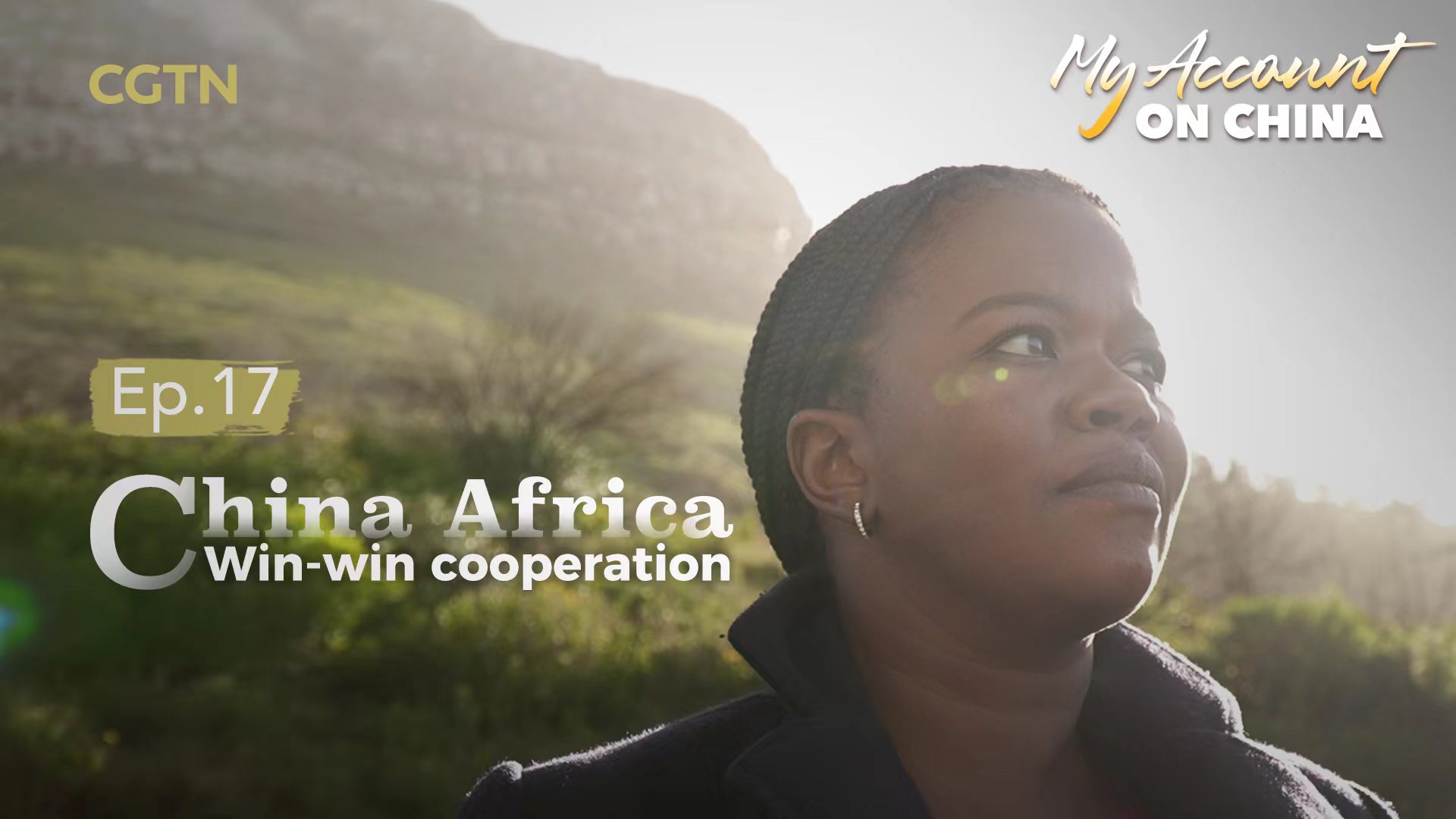
Editor's note: South Africa is the first country in Africa to sign a cooperation document under the Belt and Road Initiative (BRI). It has also witnessed historic moments on the continent, as the country hosts events under the framework of the Forum on China-Africa Cooperation and BRICS. In today's episode of My Account on China, CGTN's Lindy Mtongana takes a tour of China-South Africa joint ventures and training programs, as they localize and bridge ties over the years.
China and South Africa officially established diplomatic ties in 1998, opening the door to a new era of trade, commerce and investment.
As a native South African, I am amazed how fast my country has been changing since I was born.
We decided to go on a journey through South Africa. This took us to different communities of South African and Chinese people. They shared about how they meet and cooperate, with a shared future in mind.
In March 2013, Chinese President Xi Jinping proposed key principles in approaching China-Africa relations during his first visit to Africa since assuming the presidency. He emphasized treating African people with sincerity and delivering real outcomes in cooperation.
We began to explore this win-win cooperation from South Africa's port city of Gqeberha. It is located along the southern coast of Eastern Cape Province.
Rows of factories dotting the coastline indicated we had arrived in South Africa's first special economic zone – Coega. Here, the FAW Assembly Plant is located.
Since its launch in 2014, the plant has produced 9,000 vehicles, supplying to over 10 countries in Eastern and Southern Africa.
China's FAW, which stands for First Automobile Works, is welcomed not only in South Africa, but across the continent. The trucks produced here fulfill a viable role in adapting to Africa's varying terrain and long distances.
As we explored the FAW showroom, we came across an employee named Lucas Nakeng.
Lucas has worked for FAW South Africa for nine years and is now a sales support supervisor. As a local, he understands what it is like to travel rigorous journeys in Africa.
As I got on his truck for a test drive experience, he told me the trucks can accomplish various types of operations and carry heavy loads at ease. A view that seems to resonate among the continent's many demanding consumers.
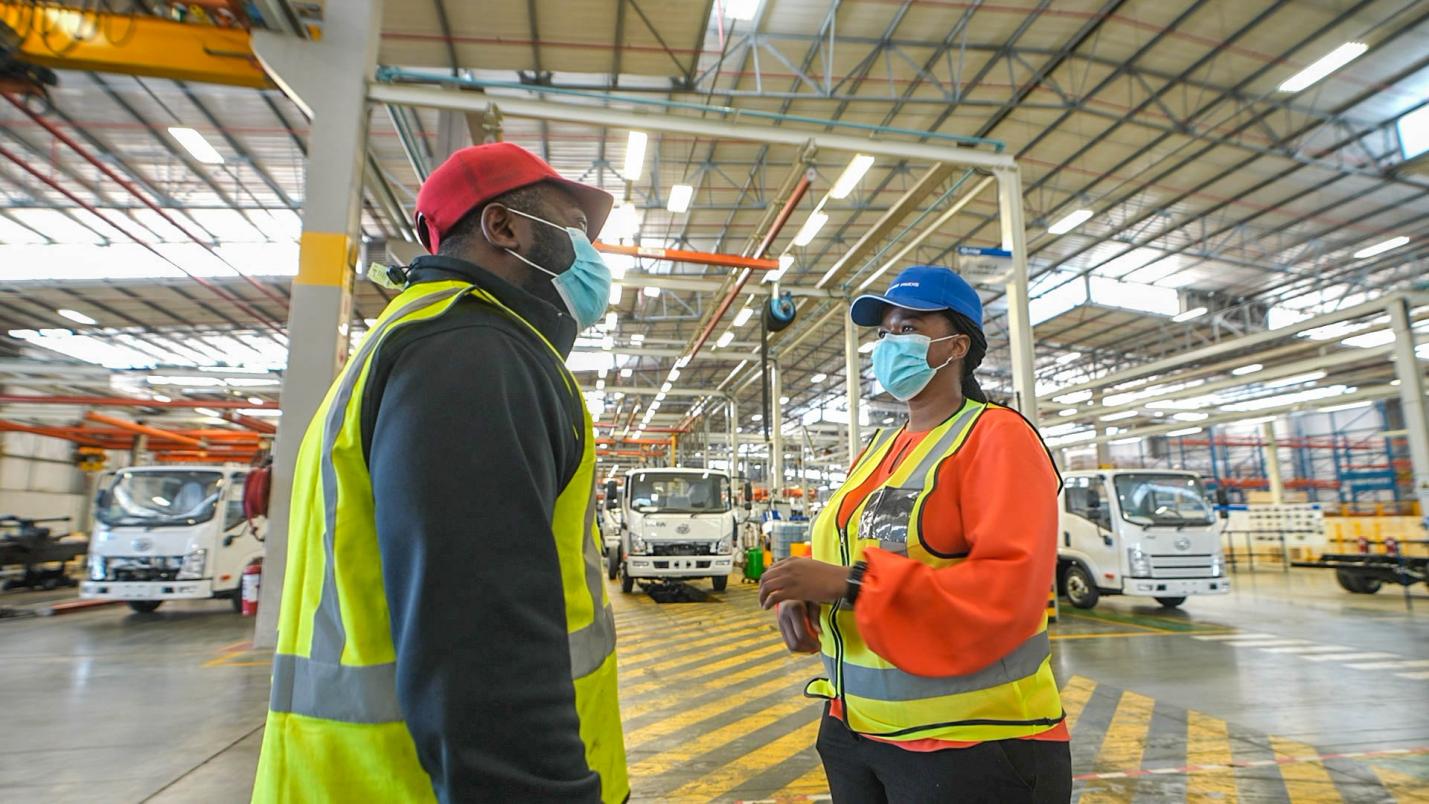
A floor supervisor at FAW's South Africa assembly plant introduces the daily routine of the production line. /CGTN
A floor supervisor at FAW's South Africa assembly plant introduces the daily routine of the production line. /CGTN
FAW's $40 million assembly plant here produces about 200 trucks a month and has gradually increased production as demand rises.
We then found our way to FAW's South Africa head office in Johannesburg, right in time for a celebration of their new sales record.
"FAW trucks have become a household name in South Africa, and have firmly entrenched into the local commercial vehicle market," said Li Yongjun, chief executive officer (CEO) of FAW South Africa. He added that their products are not only durable and affordable, but also able to withstand the South African market conditions.
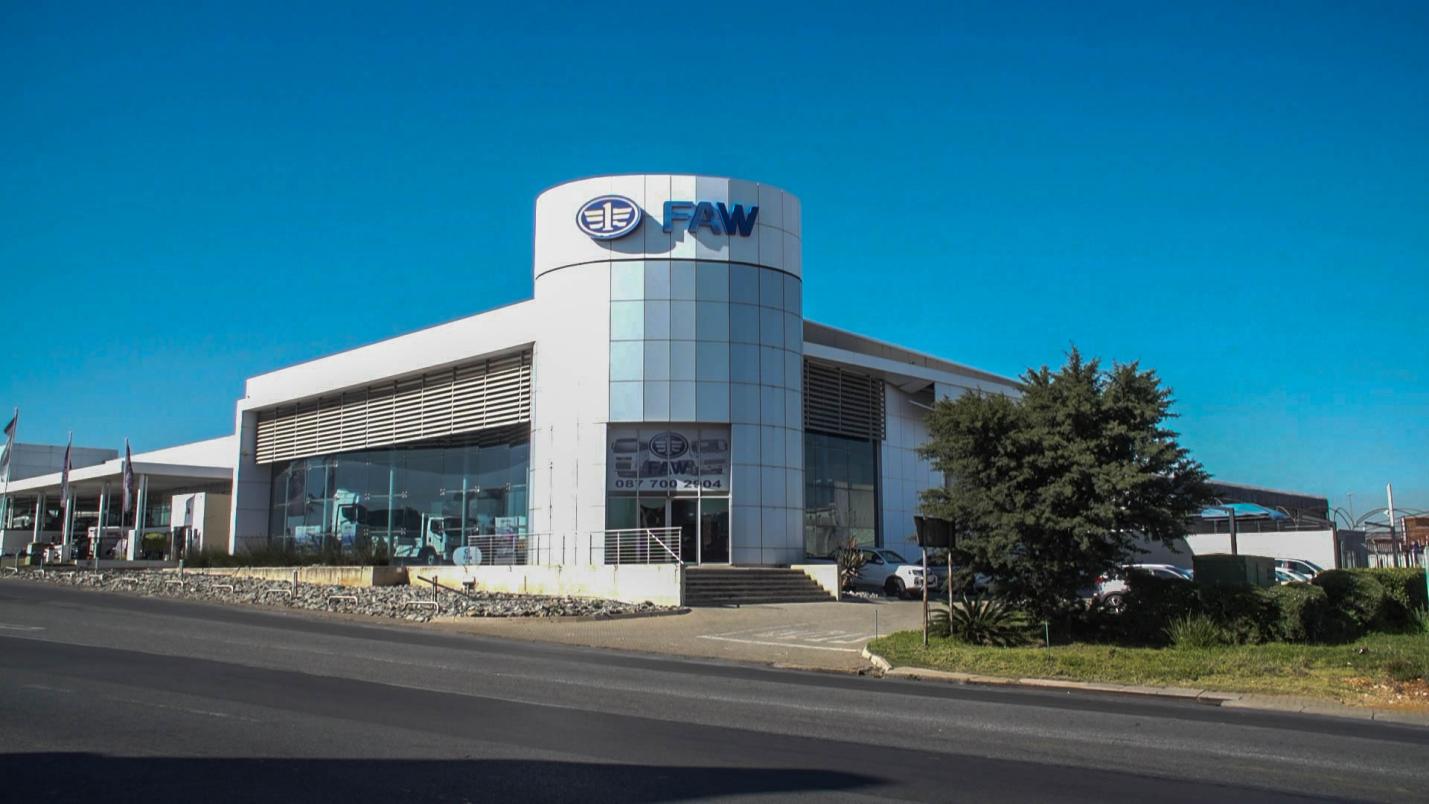
FAW's South Africa head office is located in Johannesburg. /CGTN
FAW's South Africa head office is located in Johannesburg. /CGTN
The Chinese automaker has built a solid reputation, continuously adapting to and meeting local needs.
But on a larger scale, it has contributed to the rise of the automobile manufacturing industry. It has also helped turn many previously unemployed and unskilled youth into skillful industrial workers.
Our next destination was in another industrial park around 800 kilometers away in South Africa's Western Cape Province.
The region is known for its spectacular views and tourist sites. But beneath the picturesque scenery, it is struggling.
Named after the legendary lost civilization, Atlantis town is a forgotten industrial mecca. The vast tracts of idle industrial land are testament to a once thriving manufacturing hub in the 1970s. Now, plagued by years of high unemployment, Atlantis residents say job security is still a daily concern.
Local resident Shade Werth estimates that one person out of every household works in her community. This she says is not enough to sustain a home of up to seven members.
Hisense, a Chinese home appliance and electronics manufacturing giant, set up its plant here in 2013. It was a time when most factories in the area had closed, unemployment reached almost 50 percent, and international investors hesitated to invest here. Hisense opened its doors and has supported hundreds of jobs over the years.
Shade was among the first who found employment in Hisense's factory. Growing up in Atlantis, Shade says all she ever wanted was a job near her home, and Hisense made that happen.
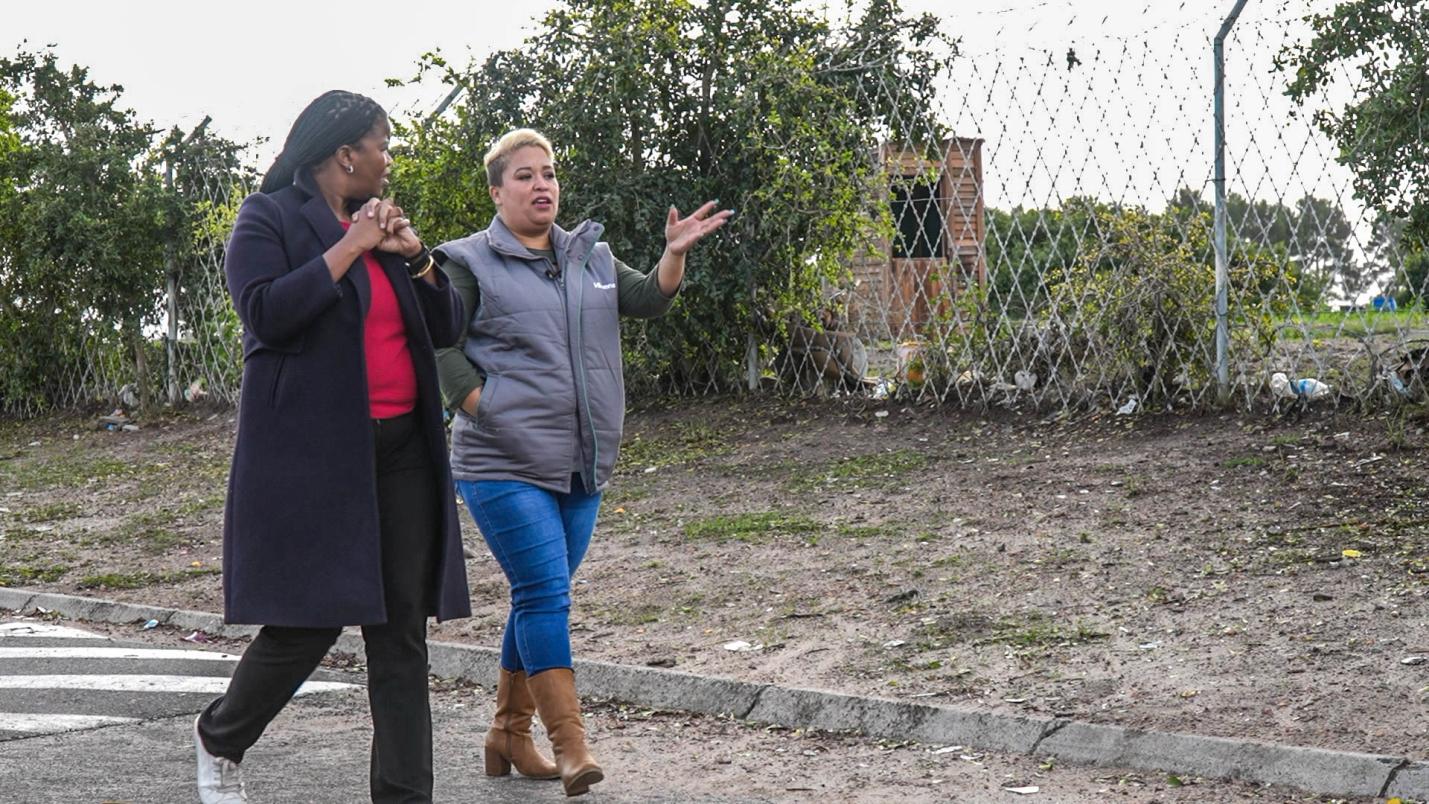
Hisense employee Shade Werth introduces the neighborhood where she grew up in Atlantis town, West Cape Province, South Africa. /CGTN
Hisense employee Shade Werth introduces the neighborhood where she grew up in Atlantis town, West Cape Province, South Africa. /CGTN
The once gloomy picture is countered by a mood of optimism among residents who are now seeing more opportunities.
In March 2022, Hisense South Africa saw their first shipment to the UK. This marked the start of a global manufacturing and export strategy.
According to Jiang Shun, deputy general manager of Hisense's factory in South Africa, they aim to further expand business outside South Africa to account for half of their total business.
As a result, Hisense has contributed to export-led economic growth, technology transfers, and job creation.
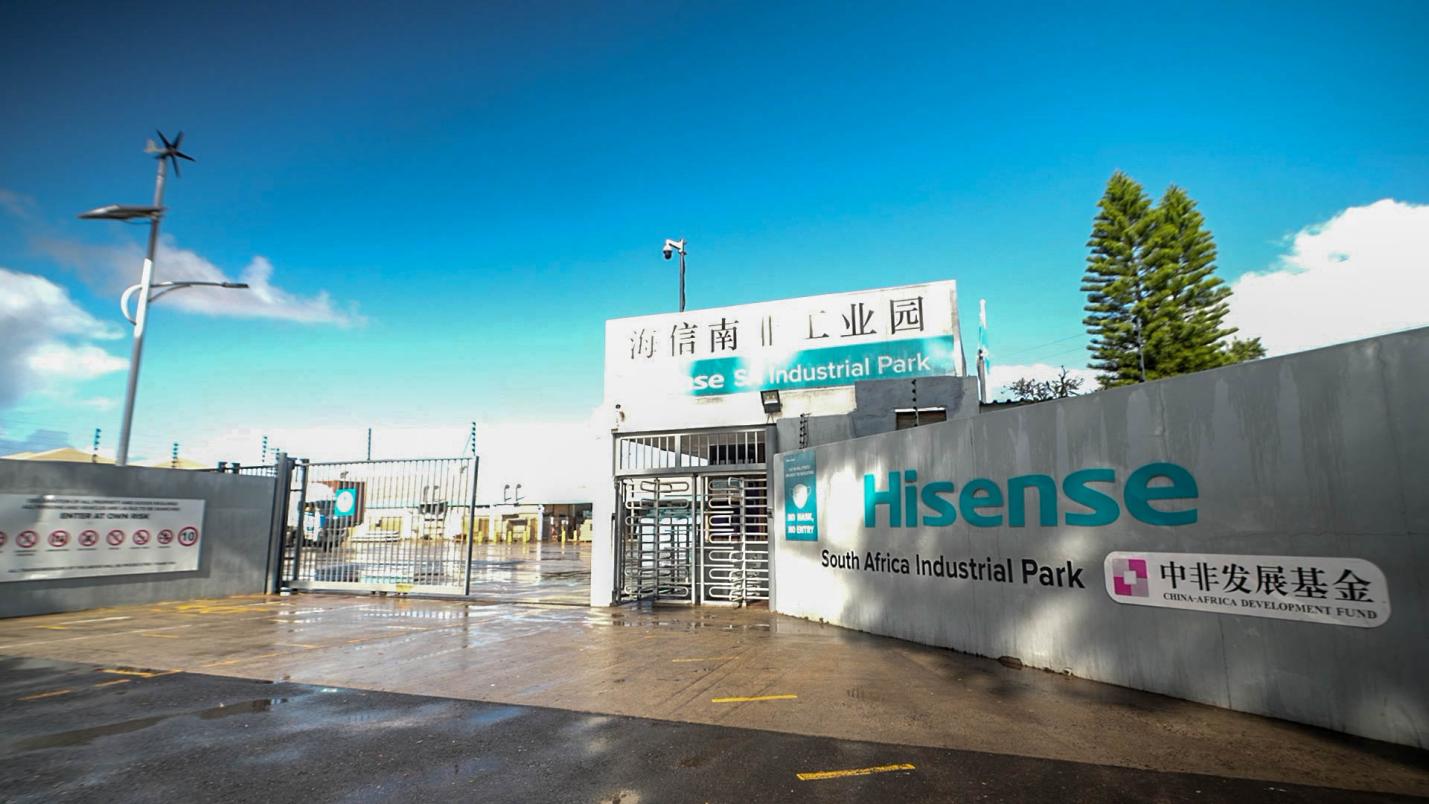
Hisense's South Africa factory is located in Atlantis town, West Cape Province, South Africa. /CGTN
Hisense's South Africa factory is located in Atlantis town, West Cape Province, South Africa. /CGTN
This industrial park is one of the first companies in South Africa to form part of China's Belt and Road Initiative (BRI), a blueprint that is also looking toward the future. And the future lies in its youth.
At the Beijing Summit of the Forum on China-Africa Cooperation in September 2018, President Xi said China would set up 10 Luban Workshops in Africa. This would be to offer vocational training for young Africans. Xi also pledged more opportunities for student exchanges and communication.
Named after a renowned Chinese carpenter, craftsman and engineer from the Zhou Dynasty, the Luban Workshops now carry the ancient Chinese spirit of craftsmanship across Africa and inspire young creative minds.
For the last stop of our journey, we traveled to the eastern coast and found our way into a Luban Workshop lab on the Durban University of Technology (DUT) Campus.

A Luban Workshop monument on the campus of the Durban University of Technology in South Africa marks the launch of its collaboration with the Tianjin Vocational Institute in December 2019. /CGTN
A Luban Workshop monument on the campus of the Durban University of Technology in South Africa marks the launch of its collaboration with the Tianjin Vocational Institute in December 2019. /CGTN
Collaboration between China's Tianjin Vocational Institute and DUT birthed this Luban Workshop, the first of its kind in South Africa.
This is also where youthful dreams are being realized, where students learn new skills, find jobs and address pressing concerns facing modern-day South Africa. It is here where the students can ultimately contribute to the future of their country.
This workshop is managed by Professor Ebrahim Asmal, a senior IT lecturer at DUT.
As he showed us around, we could see the lab is well-equipped for studies on 3D printing, industrial modeling and Internet of Things technologies.

A Luban Workshop at the Durban University of Technology in South Africa aims to train students with IT skills. /CGTN
A Luban Workshop at the Durban University of Technology in South Africa aims to train students with IT skills. /CGTN
Professor Asmal said the purpose of the program was an exchange of information and communication technological skills. It is aimed at making students market-ready in an environment that is shifting from industry and manufacturing to a knowledge-based digital economy.
And the students here can indeed help provide innovative solutions to real-world problems.
Undergraduate student Shivad Krishna showed me a face shield they designed in 2019, when COVID-19 was first coming about. They went through several attempts in prototyping before coming up with a practical model.
He said the experience taught them that they could help people when they "come together as one."
And to me, this journey shows the meaning of common development. It is about joining hands as colleagues, partners and friends, and opening a new era that extends beyond trade and economic development. And for China and South Africa, it is bound to be an era of great transformations.

